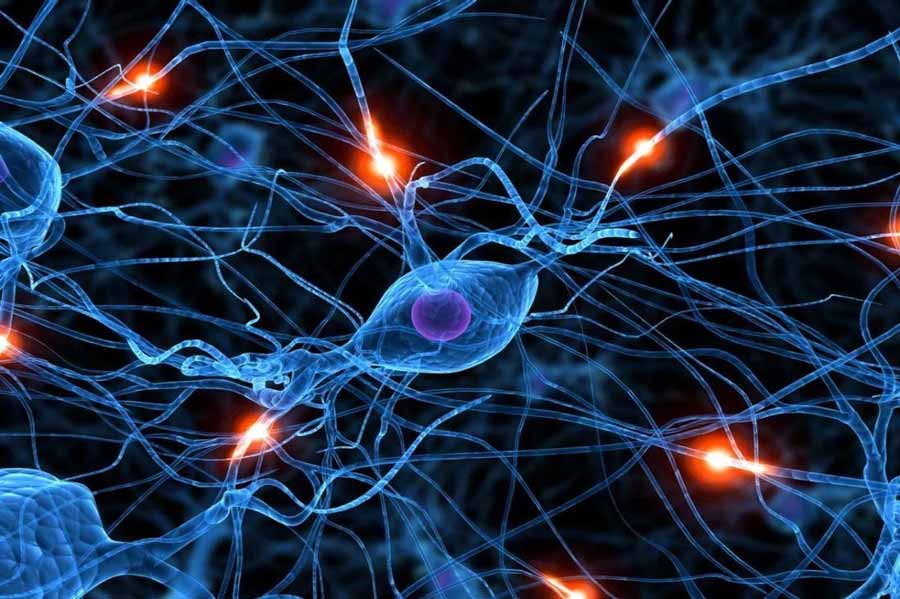
Stubbing your toe might suck, but it may be a bigger deal for some people than others. Are you really being a crybaby about your latest papercut, or could there a scientific reason behind all the fuss? Scientists have been making breakthroughs regarding pain threshold, or the intensity of how you perceive pain, for the last couple of decades. One of the most interesting discoveries is how your DNA influences your susceptibility to pain.
How do you sense pain?
Nociception is the term that scientists use to describe your body’s ability to sense pain. This is because the nerve cells that sense pain are called nociceptors. Nociceptors are distributed throughout your body, living in high concentrations around your skin and lower concentrations in your organs.
If you’ve ever been stung by a bee or fallen off a bike, you can attest that pain comes in different varieties. This is because the sensory nerves for these pain types are different. You have five main types of nociceptors: thermal, chemical, mechanical, polymodal, and silent.

Your thermal nociceptors sense temperature changes such as hot and cold. They do not detect the absolute temperature of an object, but the thermal conductivity. This is why ice-cold Styrofoam doesn’t hurt, but ice-cold metal does. Your chemical nociceptors detect chemical irritants, such as bee venom and pepper spray. Pepper spray is not actually hot, but it feels hot (and painful!) because of these sensors. Your mechanical nociceptors detect cuts and blows. Physical injuries, such as taking a baseball to the nose or banging your hip on the edge of a table activate these nociceptors.
Your polymodal nociceptors can detect any of the aforementioned three stimuli. They do not tell your brain what the specific problem is, just that there’s a problem. They also require more stimulation to activate. On the other hand, your silent nociceptors don’t detect specific stimuli, unlike the other nociceptors on this list. Instead, these nociceptors “awaken” only when nearby tissues are damaged or inflamed. Silent nociceptors are more common in your internal organs.
Are you more susceptible to a lower pain threshold?
The answer lies deep within your cells. Your DNA contains your SCN9A gene that codes for a sodium channel present in your nociceptors, the nerve cells responsible for your sensations of pain. Your nociceptors function by sending pain signals to your pain.

A change in your SCN9A gene, also known as a gene variant, at a specific location in your genetic code may create a change in your nociceptor sodium channels. In turn, there may be a change in how many pain signals are sent to your brain. Thus, your DNA can tell you whether you may have a lower pain threshold than other people.
Knowing your pain threshold can be beneficial. Those who may not experience as much pain as other people may take advantage of being able to ignore minor aches, scratches, or cuts that bother other people. However, the flipside is that you may also ignore things that can hurt you and you may find yourself taking more risks than other people do.
Use Your DNA to explore your Pain Threshold
If you're a CRI Genetics customer, you can access your Pain Threshold Report in your CRI Genetics account right now and find out your own risk of insulin resistance.
Not a CRI Genetics customer yet? Go check out any current promotions and find out how you can get the Pain Threshold Report (and many more).